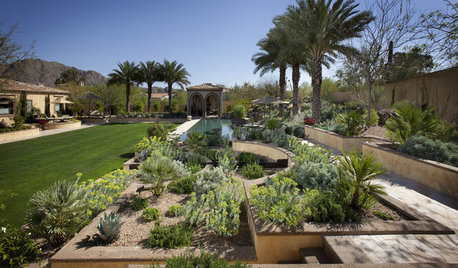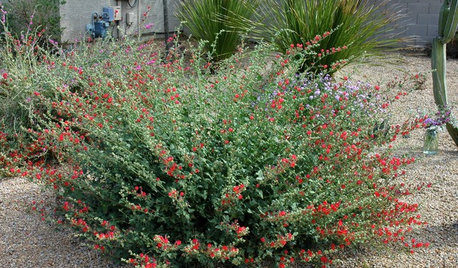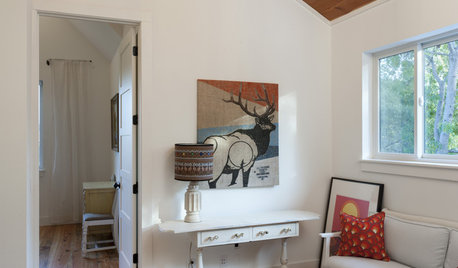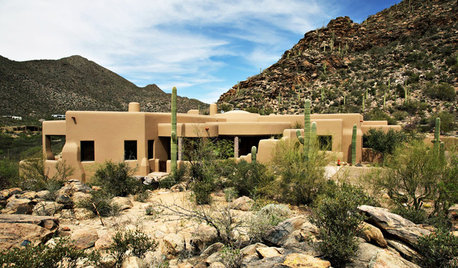planning for spring in capitan, nm
producemench
16 years ago
Related Stories

GARDENING GUIDESAttract Hummingbirds and Bees With These Beautiful Summer Flowers
Roll out a welcome mat for pollinators to keep your landscape in balance and thriving
Full Story
GARDENING GUIDESSouthwest Gardener's October Checklist
Softer light and milder weather make desert gardens a real joy this month, but watch the water and don't forget to plan
Full Story
GARDENING FOR BUTTERFLIESGreat Design Plant: Ceanothus
Try these springtime stars for a bolt of blue, especially where you've got a dry spot in the garden
Full Story
GARDENING GUIDESSouthwest Gardener's February Checklist
Orange you glad for a citrus-fertilizing reminder? And don't forget the recommended doses of vegetable seeds and cold-hardy flowers
Full Story
MOST POPULARThree Magic Words for a Clean Home and a Better Life
Not a natural tidying and organizing whiz? Take hope in one short phrase that can change your life forever
Full Story
HOUZZ TOURSMy Houzz: Creative Open-Concept Home in Toronto
Three young designers give a neglected boardinghouse in Canada new life with an industrial-modern makeover
Full Story
LIFEHard Winter? 9 Ways to Battle Cabin Fever
We know a lot of you are trapped where it just won’t stop snowing. Here are some ways to survive
Full Story
TRADITIONAL ARCHITECTURERoots of Style: Pueblo Revival Architecture Welcomes Modern Life
Centuries-old details of adobe construction still appeal in the desert Southwest, adapted to today's tastes
Full Story
SAVING WATERXeriscape Gardens: How to Get a Beautiful Landscape With Less Water
Conserve water and make gardening much easier with the xeriscape approach’s 7 principles
Full Story
STANDARD MEASUREMENTSThe Right Dimensions for Your Porch
Depth, width, proportion and detailing all contribute to the comfort and functionality of this transitional space
Full Story





eco1st
producemenchOriginal Author
Related Professionals
Kapaa Landscape Architects & Landscape Designers · Richmond Heights Landscape Architects & Landscape Designers · West Chester Landscape Architects & Landscape Designers · Winder Landscape Architects & Landscape Designers · Surprise Landscape Contractors · Concord Landscape Contractors · Fort Mill Landscape Contractors · Harvey Landscape Contractors · Kahului Landscape Contractors · Pine Hills Landscape Contractors · Roswell Landscape Contractors · University City Landscape Contractors · Westchester Landscape Contractors · Wilton Landscape Contractors · Crowley Landscape Contractorslorna-organic